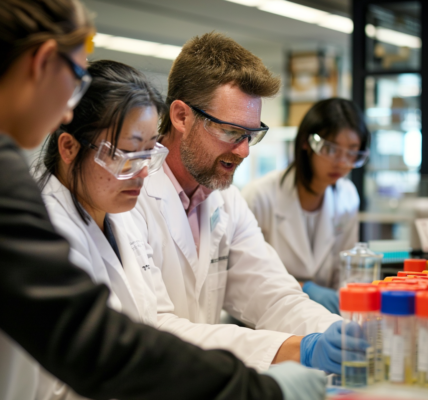Understanding the Link Between Type 2 Diabetes and Colorectal Cancer: A Comprehensive Study
Colorectal cancer (CRC) poses a significant threat to global health, with projections indicating that new cases could reach 2.5 million by 2035. Concurrently, Type 2 diabetes (T2D) is on the rise, with forecasts suggesting that 642 million adults will be affected by 2040. Despite the growing prevalence of both conditions, the relationship between T2D, its treatments, specifically sulfonylureas, and the risk of developing CRC remains a topic of ongoing research.
In a recent case-control study published in BMC Gastroenterology, researchers aimed to clarify this relationship by examining the incidence of CRC among patients with T2D who were treated with sulfonylurea medications. The study involved a total of 1,494 participants, including 684 individuals diagnosed with CRC and 810 controls without the disease, all admitted to Rasoul-Akram and Firouzgar Hospitals between September 2019 and 2023.
The research utilized both univariate and multivariate logistic regression analyses to assess the impact of T2D and sulfonylurea usage on the likelihood of developing CRC. The study also explored the correlation between T2D and various clinicopathological characteristics of the tumors.
Key Findings
The findings revealed that the relationship between T2D and CRC was significant in the unadjusted odds ratio (OR) analysis, indicating a higher risk (OR = 1.39, 95% CI = 1.07 to 1.81). However, when adjusted for confounding factors, the association became insignificant (OR = 0.67, 95% CI = 0.37 to 1.20). This suggests that while T2D may initially appear to be linked to an increased risk of CRC, other variables may play a more critical role when considering the overall risk.
On the other hand, the study found a significant association between the consumption of sulfonylureas and the development of CRC. Both unadjusted (OR = 2.39, 95% CI = 1.40 to 4.09) and adjusted odds ratios (OR = 2.35, 95% CI = 1.12 to 4.91) indicated that individuals using sulfonylureas had a higher likelihood of developing CRC compared to those who did not.
Additionally, the study explored the relationship between T2D and the clinicopathological features of tumors but found no significant associations, suggesting that T2D may not influence the characteristics of CRC once it develops.
Implications for Public Health and Clinical Practice
The results of this study carry important implications for clinical practice and public health strategies aimed at preventing CRC in patients with T2D. Given the significant association between sulfonylurea use and CRC development, healthcare providers may need to reconsider treatment plans for diabetic patients, particularly those at higher risk for colorectal cancer.
As the prevalence of T2D continues to rise globally, understanding the potential risks associated with its treatments becomes increasingly critical. The findings encourage further research to explore the underlying mechanisms linking sulfonylureas to CRC development and to identify alternative therapeutic options that may carry a lower risk.
In light of these findings, it is essential for patients with T2D to engage in regular screenings for colorectal cancer and to maintain open communication with their healthcare providers regarding their treatment options and associated risks. Enhanced awareness and proactive management could play a vital role in mitigating the potential risks of CRC among this population.
As the medical community continues to unravel the complexities of T2D and its association with various health conditions, ongoing research will be crucial in shaping future guidelines and treatment approaches that prioritize patient safety and overall health outcomes.





